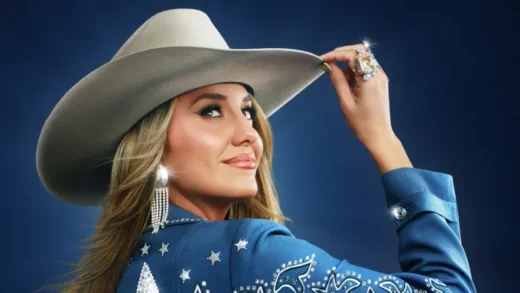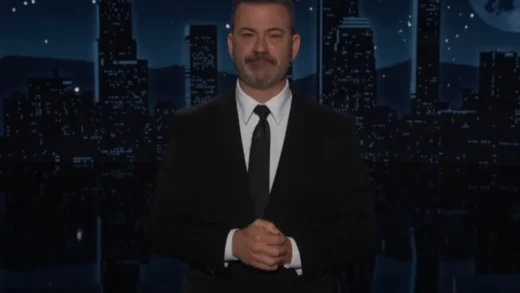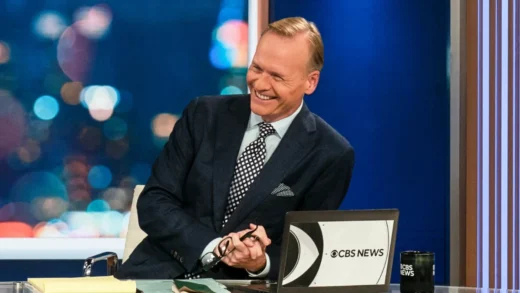Westworld was born 45 years ago and it is, somehow, still alive and kicking and breaking minds today.
This American science fiction–thriller media franchise began in 1973 with the release of the film Westworld, written and directed by Michael Crichton. It depicts a technologically advanced, Western-themed amusement park populated by androids that malfunction and begin killing the human visitors.
It was followed by the sequel film Futureworld (1976).
In 1980 there was a short-lived television series, Beyond Westworld. A new television series from HBO, based on the original film, debuted on October 2, 2016.
Like another one of Crichton’s famous stories (which involved dinosaurs), Westworld was an allegorical sci-fi yarn where an elaborate theme park is built to satiate the rich’s need to escape into another age. There are several periods to choose from – Medievalworld, Romanworld, and the titular dusty realm of gunslingers and prostitutes. The robot “hosts” are programmed to fulfill the guests’ every desire, and safeguards are put into place so that the human participants can never be harmed. But if Crichton’s science fiction has taught us anything, it’s that when mankind attempts to play G-d, they find their creations bucking against control, as the robots turn on the tourists and begin murdering them with swords and revolvers, causing a mass panic both in the park and behind the scenes, where operators diligently man omnipotent computers.
Westworld opened to fantastic reviews and became MGM’s highest grossing title of ’73. While the author continued to churn out pulpy texts, he also helmed five more features (including this writer’s personal favorite, Looker (‘81). Crichton’s vision of the future was not only spun off into two other installments in the Westworld universe, but also influenced generations of genre filmmakers to come. Just look at James Cameron’s masterpiece The Terminator (’84) for the premier example. Do you think it’s coincidence that Cameron’s own killer robot sees through similar eyes as Crichton’s death dealing quick draw? In an ‘85 chat with Film Comment, the King of the World discussed the two films’ likenesses, dissing the cowboy’s dearth of a shiny and chrome endoskeleton as being “not visually satisfying.” Cool story James, but it’s pretty clear Harlan Ellison wasn’t the only source of inspiration you borrowed from.
(Excerpt) Read More at: SlashFilm.com




